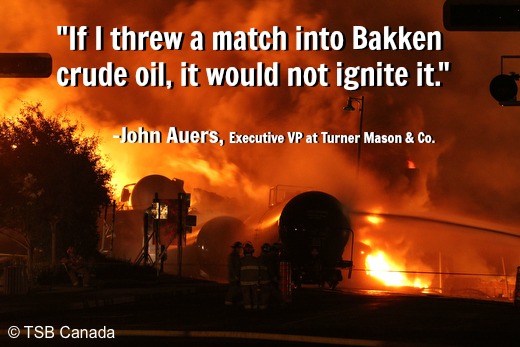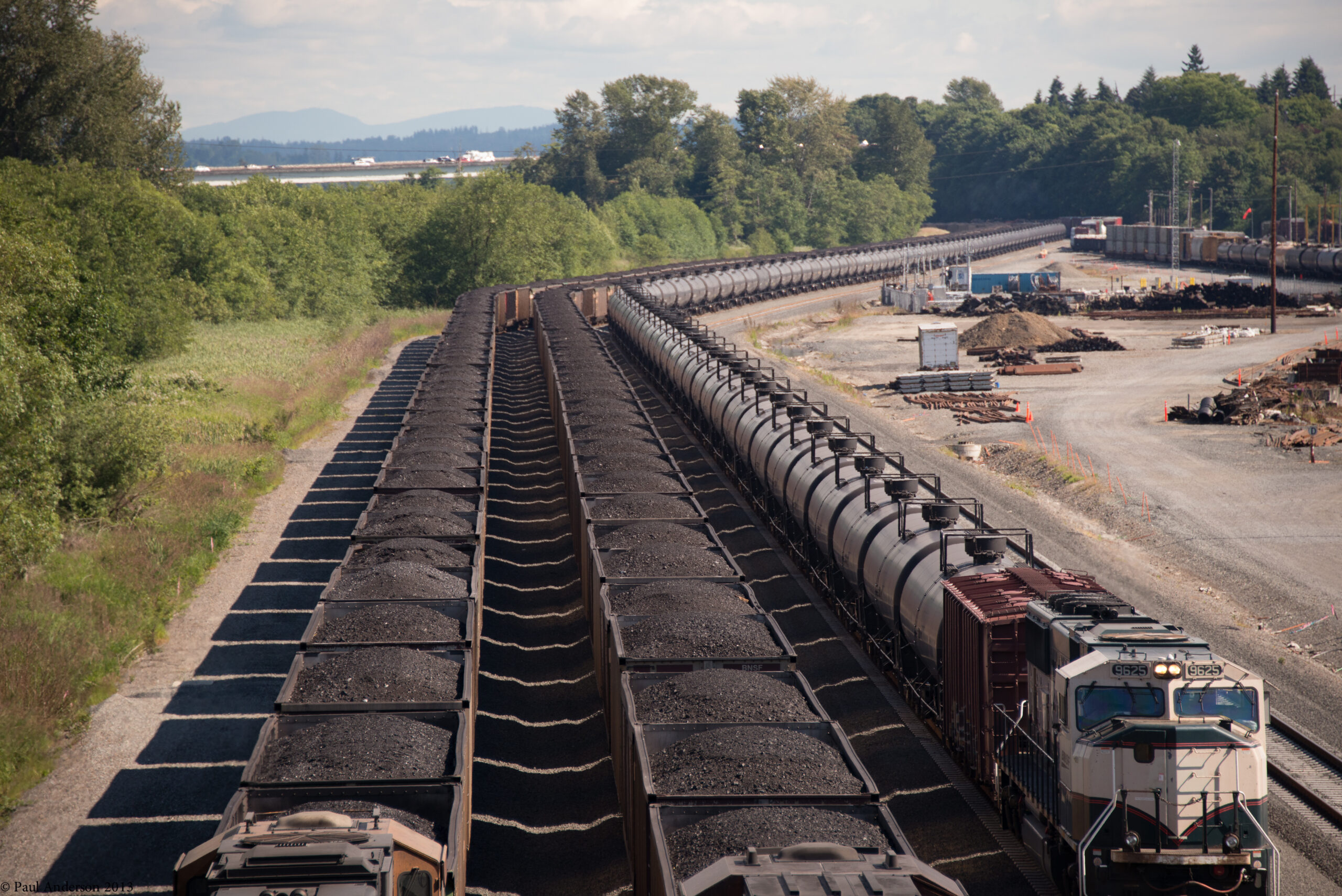
For nearly four decades, the US federal government has maintained a “ban” on exporting domestic crude oil supplies. It’s been a cornerstone of the national energy landscape since President Ford signed the 1975 Energy Policy and Conservation Act into law in pursuit of that perpetual goal of American politicians, energy independence.
Although the legal framework includes a number of exceptions—allowing exports of North Slope Alaskan and heavy California crude, as well as exports to Canada, among other loopholes—big oil companies have had the ban in their crosshairs for years. Now, in the midst of a production boom (despite moderate domestic demand), the industry has launched a lobbying assault on federal officials in the hopes of further boosting the payoff for large-scale fracking and drilling. And their efforts appear to be paying off.









